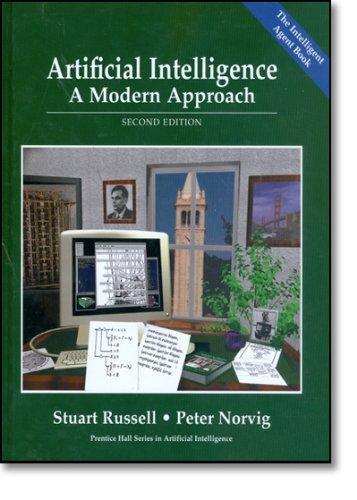Recall that inheritance information in semantic networks can be captured logically by suitable implication sentences. In this
Question:
Recall that inheritance information in semantic networks can be captured logically by suitable implication sentences. In this exercise, we will consider the efficiency of using such sentences for inheritance.
a. Consider the information content in a used-car catalog such as Kelly's Blue Bookfor example, that 1973 Dodge Vans are worth $575. Suppose all this information (for 11,000 models) is encoded as logical rules, as suggested in the chapter. Write down three such rules, including that for 1973 Dodge Vans. How would you use the rules to find the value of a particular car (e.g., JB, which is a 1973 Dodge Van), given a backward-chaining theorem prover such as Prolog?
b. Compare the time efficiency of the backward-chaining method for solving this problem with the inheritance method used in semantic nets.
c. Explain how forward chaining allows a logic-based system to solve the same problem efficiently, assuming that the KB contains only the 11,000 rules about prices.
d. Describe a situation in which neither forward nor backward chaining on the rules will allow the price query for an individual car to be handled efficiently.
e. Can you suggest a solution enabling this type of query to be solved efficiently in all cases in logic systems? [Hint: Remember that two cars of the same category have the same price.]
Step by Step Answer:

Artificial Intelligence: A Modern Approach
ISBN: 9780137903955
2nd Edition
Authors: Stuart Russell, Peter Norvig






